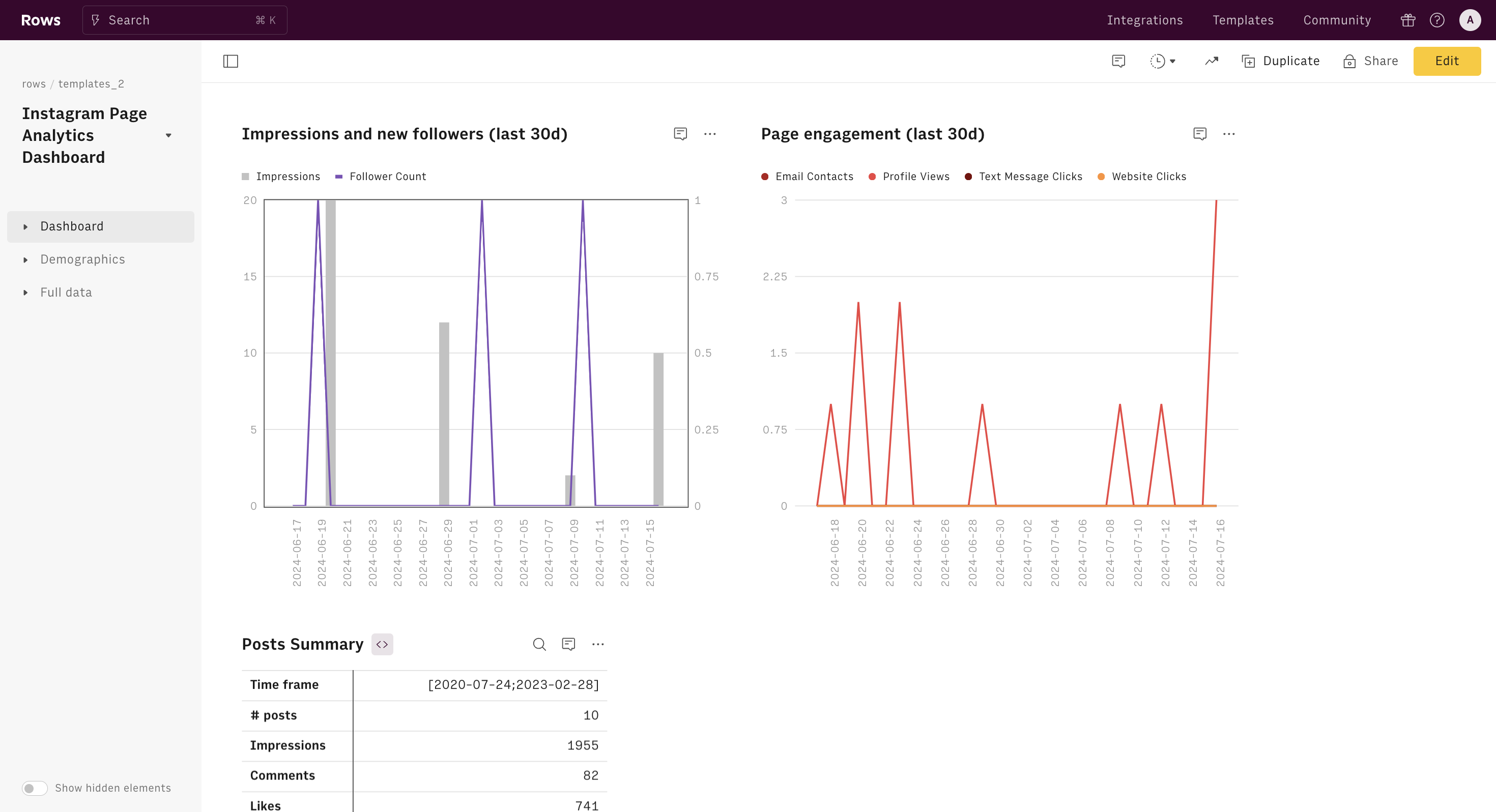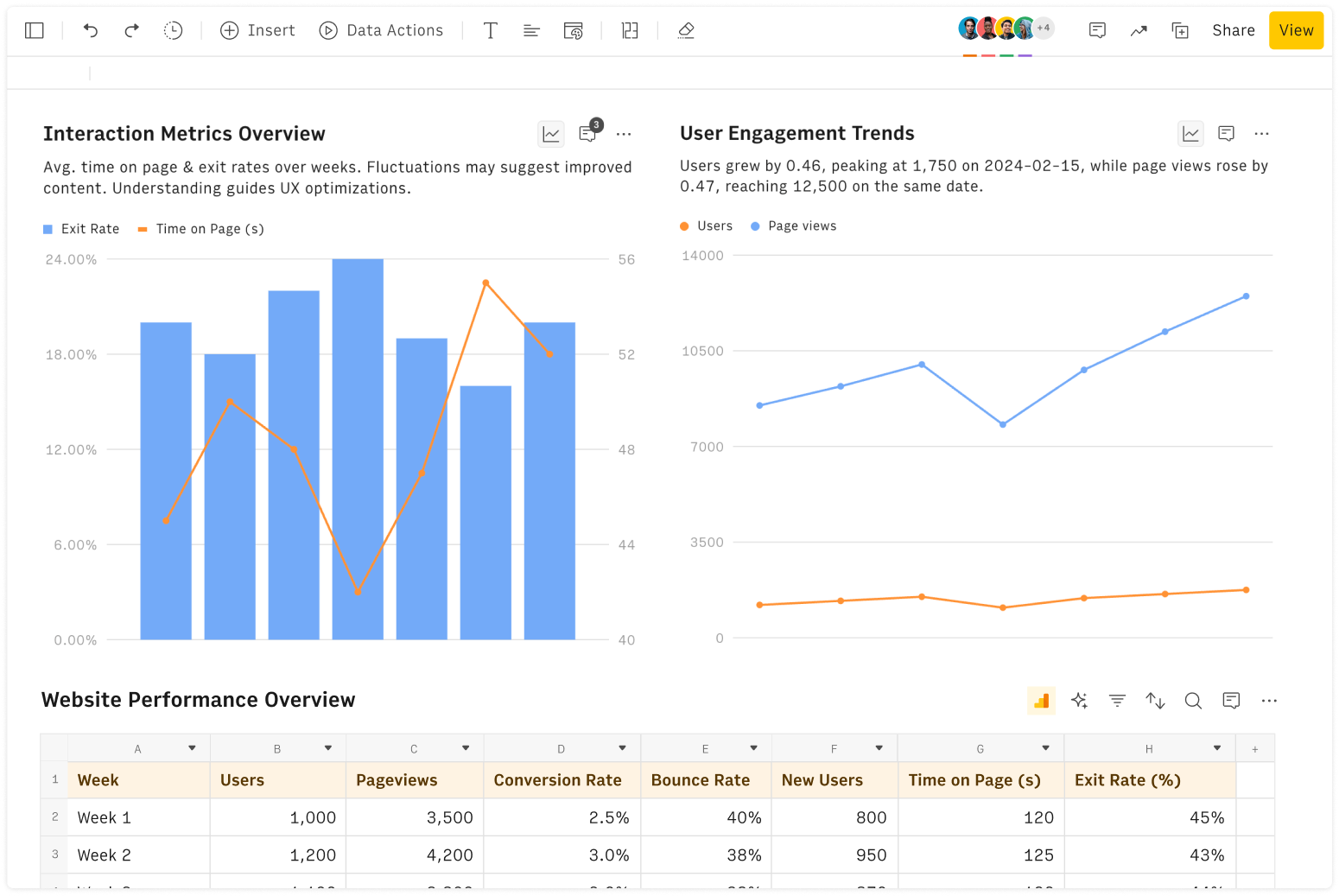What is Depreciation?
Depreciation is a key accounting concept that represents the gradual reduction in the value of an asset over time due to wear and tear, usage, or obsolescence.
For businesses, understanding and accurately calculating depreciation is essential, as it directly impacts financial statements, tax calculations, and overall asset management.
Depreciation allows companies to allocate the cost of an asset over its useful life, providing a more accurate representation of its value each year.
How to Use This Depreciation Calculator
The formula for calculating depreciation varies depending on the method used. This calculator uses the straight-line depreciation method:
Depreciation = (Original Cost of Asset - Current Residual Value) / Number of Years
To use:
Enter "Original Cost of Asset ($)"
Input "Current Residual Value ($)" (salvage value)
Specify "Number of Years Depreciate" (useful life)
The calculator will then display:
Accumulated Depreciation Amount
Percent Depreciation (%) (Per Year)
This method assumes equal annual depreciation, providing a simple way to track asset value over time.
Methods of Depreciation
There are several ways to calculate depreciation, each suited for different assets and business needs. The most common methods include:
Straight-Line Depreciation: Spreads the cost evenly over the asset's useful life. It’s the simplest and most widely used method.
Declining Balance Depreciation: Depreciates the asset faster in the early years, useful for assets that lose value quickly.
Units of Production Depreciation: Calculates depreciation based on the asset's actual usage or output, ideal for machinery and equipment.
Sum-of-the-Years’ Digits Depreciation: An accelerated method that results in higher depreciation in the initial years by using a changing fraction each year.
FAQ
How do I calculate my depreciation?
Determine the asset's cost, salvage value, and useful life.
Choose a depreciation method (e.g., straight-line, declining balance).
Apply the appropriate formula based on the chosen method.
For simple calculations, use: (Cost - Salvage Value) / Useful Life.
What is the formula for depreciation?
The basic formula for straight-line depreciation is: Depreciation = (Cost of Asset - Salvage Value) / Useful Life
Other methods have different formulas. For example:
Declining Balance: Depreciation = Book Value × Depreciation Rate
Sum-of-Years' Digits: Depreciation = (Remaining Life / Sum of Years) × (Cost - Salvage Value)
How to calculate depreciation for 3 months?
To calculate depreciation for 3 months:
Calculate the annual depreciation.
Divide the annual depreciation by 4 (as 3 months is 1/4 of a year).
Example: If annual depreciation is $1000, 3-month depreciation would be $1000 / 4 = $250.
Why should I calculate depreciation?
Calculating depreciation is important because it:
Accurately reflects asset values on financial statements
Allows for tax deductions, potentially reducing tax liability
Helps in making informed decisions about asset replacement or upgrades
Ensures compliance with accounting standards and regulations
Provides a more realistic view of a company's financial health
Do all assets, tangible and intangible, undergo depreciation?
No, not all assets undergo depreciation:
Tangible assets (e.g., buildings, machinery, vehicles) typically depreciate.
Intangible assets (e.g., patents, trademarks) are usually amortized, a similar concept applied to non-physical assets.
Some assets, like land, generally don't depreciate.
What is Salvage Value?
Salvage Value is:
The estimated residual value of an asset at the end of its useful life.
The amount expected to be recovered through sale or disposal of the asset.
An important factor in calculating depreciation, as it represents the non-depreciable portion of the asset's cost.
Sometimes called residual value or scrap value.







